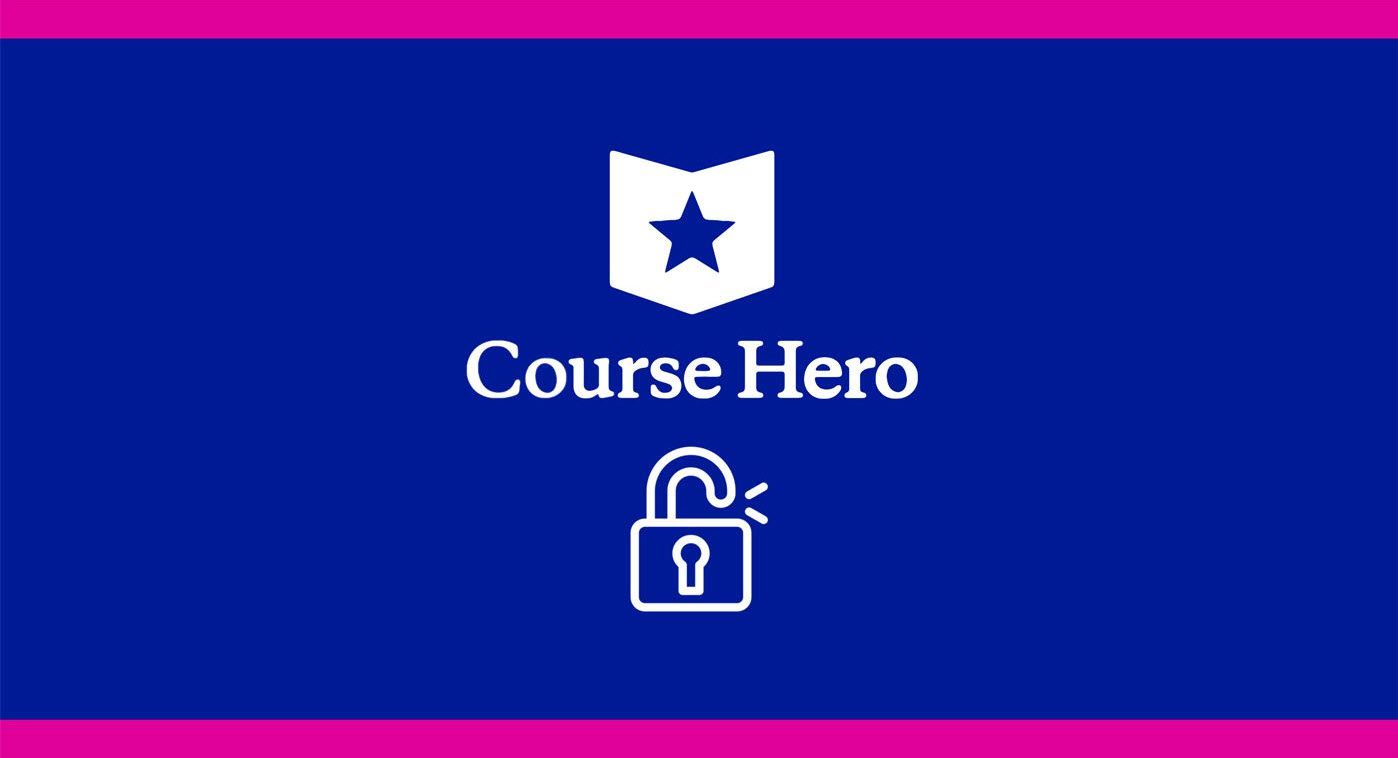

Indeed, as can be seen in table 1, those reporting poor MES skill had a five-fold greater risk of stereo impairment than those reporting good or average skill 41.7% versus 8.3%, respectively relatively risk = 5.0, 95% confidence interval 2.4−10.4). We examined the ability of reported MES skill to pinpoint stereo-impaired individuals, identified as those with zero items correct on the TNO test (stereoacuity > 480 s arc in figure 1).
Stereogram images with answers full#
For example, a full 50% of those reporting poor skill, but only 6.5% reporting good and 16% reporting average skill, have stereoacuity at or poorer than 240 s arc.Īs implied by figure 1, those reporting good, average, and poor MES skill have quite different stereoacuities, averaging 35, 66, and 173 s arc, respectively (assuming a linear log-scale bounded at 10.6 and 679 s arc p 0.50). Poor stereoacuity is substantially more prevalent among those reporting poor than among those reporting good MES skill, with those reporting average skill in between.

Cumulative percentages of those persons having stereoacuities equal to or poorer than those indicated on the x-axis are shown, broken down by reported MES skill. The same data are presented in a different form in the bar graph in figure 1b. (b) Cumulative percentages of those persons having stereoacuities equal to or poorer than those indicated on the x-axis, broken down by reported MES skill. Better stereoacuities correspond to smaller x-axis numbers. Least-squares line is shown, excluding “don't know” answers and treating data as ordinal. (a) Reported MES skill plotted against stereoacuity, with dot areas prportional to number of persons at each point (total number = 194). Reported Magic Eye™ stereogram (MES) skill and stereoacuity.

Those with higher stereoacuity clearly report being more skilled at MES ( r 142 = 0.45, p < 0.0001 ordinal scales assumed and ‘don't know’ answers excluded note that poorer stereoacuities correspond to higher numbers). The scatterplot in figure 1a shows reported MES skill plotted against stereoacuity, with dot areas proportional to number of persons at each point (total number = 194). Not only does reported MES skill positively predict performance on a standard clinical measure of stereoacuity (TNO test, 13th edition, Lameris Ootech BV, The Netherlands) in our study it does so to a greater degree than all ten other questions previously shown to predict stereoacuity combined ( Coren and Hakstian 1996). We present evidence against such expectations. In fact, one might expect that those best able to view MESs would do so by virtue of rather sloppy binocular systems exhibiting subpar stereopsis. Moreover, since MESs require an unnatural dissociation of the normally automatic coordination between eye focusing (accommodation) and eye alignment (vergence), it is easy to imagine individuals with finely tuned binocular systems and excellent stereopsis having difficulty with MESs. My (JBW's) stock response to this question-especially when someone reports ‘bad’ Magic Eye stereogram (MES) performance-has been to assure the asker that MES skill has been tied neither to stereoscopic ability nor to any other aspect of binocular function, intelligence, or physical coordination.

The ubiquitousness of this question is a testament to the joy of stereoscopic experience, the ingenuity of both Bela Julesz who invented random-dot stereograms and Christopher Tyler who invented random-dot autostereograms ( Julesz 1960 Tyler 1983 Tyler and Clarke 1990), and the innovative spirit of the founders of Magic Eye™, Inc., who transformed the autostereogram into a popular art form. With surprising regularity, the first question either of the authors is asked when someone learns they study stereoscopic vision is: “I am good/bad at Magic Eye displays.


 0 kommentar(er)
0 kommentar(er)
